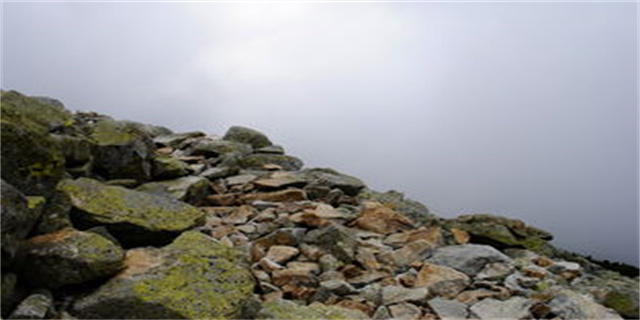摘要:Exploring the Fascinating World of Keyhole Technology
Introduction:
Keyhole technology, a revolutionary innovation in the realm of spatial data visualization, h
Exploring the Fascinating World of Keyhole Technology
Introduction:
Keyhole technology, a revolutionary innovation in the realm of spatial data visualization, has transformed the way we view and interact with maps and locations. From its inception as a startup in the late 1990s to its acquisition by Google, the keyhole technology has seen remarkable advancements, making it an integral part of our daily lives. In this article, we will delve into the captivating world of keyhole technology, understand its various applications, and explore the significance it holds in today's digital landscape.

1. Evolution of Keyhole Technology:
Keyhole technology took its first steps when it was developed by Keyhole, Inc., a company founded by John Hanke, Brian McClendon, and others in 2001. The technology aimed to bring a visually compelling and interactive mapping experience to users. It provided a new way to explore multiple layers of spatial data, including satellite imagery, maps, and 3D models, seamlessly interwoven with real-time information.

1.1 Interactive Mapping Experience:
The key breakthrough of keyhole technology was its ability to interactively navigate the virtual globe. Users could zoom in and out of maps, tilt and rotate the view, and even traverse through time by accessing historical imagery. This interactivity empowered people to explore the world visually, bringing distant places closer in a truly immersive experience.
1.2 Utilizing Satellite Imagery:
An essential component of keyhole technology was its utilization of high-resolution satellite imagery. This allowed users to view landscapes, buildings, and even street-level views from a bird's eye perspective. By amalgamating satellite imagery with mapping data, the technology created a comprehensive platform for visualizing information in a way that was previously unimaginable.
2. Applications of Keyhole Technology:
Keyhole technology quickly found its applications in various domains, transforming several industries. Let's explore some of the key areas where keyhole technology has made a significant impact.
2.1 Navigation and GPS Systems:
The integration of keyhole technology with GPS systems enabled individuals to navigate unfamiliar territories effortlessly. The ability to view real-time street-level images, 3D representations, and overlays of points of interest revolutionized the way we plan routes and explore destinations, enhancing our overall travel experiences.
2.2 Urban Planning and Architecture:
In urban planning and architecture, keyhole technology has opened up new avenues for visualizing and analyzing various aspects of cities and structures. By overlaying data such as population density, transportation networks, and environmental factors on the virtual representations of cities, planners and architects can make informed decisions for sustainable development and efficient design.
2.3 Disaster Management and Crisis Response:
The ability to access real-time imagery and mapping data in emergency situations has proven invaluable for disaster management and crisis response. Keyhole technology allows authorities to assess critical situations, plan rescue operations, and gather crucial information for swift decision-making, ultimately saving lives and minimizing damage during natural calamities or other emergencies.
3. Keyhole Technology in the Digital Landscape:
As the digital landscape continues to evolve, keyhole technology has kept pace with the advancements, finding its place in various digital platforms and applications.
3.1 Google Earth:
Google acquired Keyhole, Inc. in 2004, and the keyhole technology became the foundation for Google Earth. With over two billion downloads, Google Earth has become a household name, allowing users to explore the world from their screens. The integration with other Google services has further enhanced the overall experience, making Google Earth an indispensable tool for both individuals and businesses.
3.2 Location-Based Services:
Keyhole technology has also paved the way for several location-based services that we rely on today. From navigation apps to travel planners, the integration of real-time mapping data and interactive visuals has significantly enhanced the functionality and usability of these services. Users can now find nearby restaurants, book accommodations, and plan itineraries with ease.
Conclusion:
The journey of keyhole technology, from its humble beginnings as a startup to becoming an integral part of Google's product lineup, is a testament to its immense potential and impact. The ability to visualize spatial data in an interactive and immersive manner has transformed the way we view and understand the world. Keyhole technology has revolutionized navigation, urban planning, disaster response, and various other domains while finding its application in digital platforms. As technology continues to evolve, it is exciting to envision the future potential and possibilities that keyhole technology holds for us.




